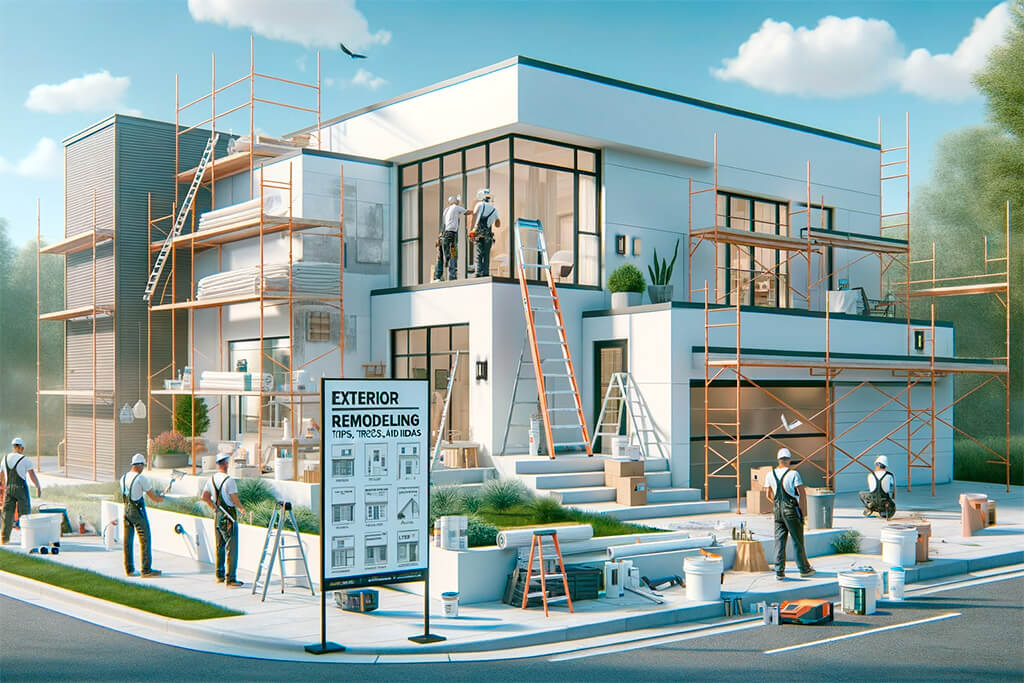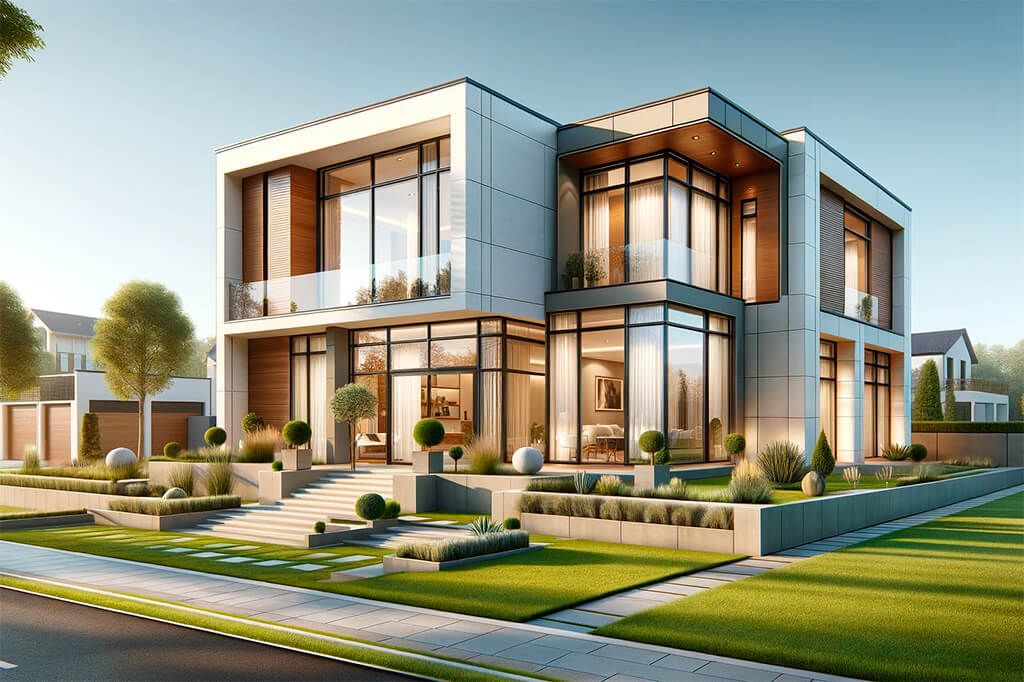Embarking on the task of determining the right amount of exterior paint is more than a mere step in the renovation process, it’s a critical decision that can influence the outcome and efficiency of your project. This challenge is not exclusive to any particular group, both the enthusiastic DIY homeowner and the seasoned construction professional encounter it. The key lies in avoiding the pitfalls of under or overestimating, which can lead to either a frustrating shortage during the job or an excess that burdens both your wallet and storage space.

Understanding Paint Coverage
The concept of paint coverage is foundational in estimating needs. Typically, a gallon of paint covers about 350 to 400 square feet, but this is a ballpark figure. Real-world scenarios require a more nuanced approach. Let’s delve into the variables:
- Type of Paint: Different paints behave differently. For example, latex might cover more area smoothly compared to oil-based variants.
- Surface Texture: The texture of the surface plays a significant role. A rough surface tends to absorb more paint, reducing coverage.
- Color and Number of Coats: Darker colors often necessitate more coats for uniform coverage, impacting the amount of paint you’ll need.
Understanding these elements helps in making a more accurate estimation, which is crucial for effective project planning.
Calculating the Area to Be Painted
To get a precise calculation of the paint required, one must engage in a bit of legwork with measuring and mathematics:
- Measure Each Wall: Determine the length and height of each exterior wall. Precision here is key.
- Account for Non-Paintable Areas: Deduct the square footage of windows, doors, and other areas that won’t be painted.
- Total Calculation: Multiply the length by the height for each wall and add these figures together for the total area.
This methodical approach ensures you have a realistic estimate of the area that needs painting, reducing the likelihood of miscalculations.
Considering the Type of Surface
Different surfaces have unique characteristics that affect how paint adheres and covers:
- Wood: Typically porous, requiring a good primer to seal and ensure even paint application.
- Brick: Needs a breathable paint to prevent moisture issues.
- Stucco: Its textured nature can lead to higher paint consumption. A quality elastomeric paint can be ideal for longevity and finish.
Each surface type demands a tailored approach to ensure both aesthetic appeal and durability.

Choosing the Right Type of Paint
The choice of paint has a substantial impact on the project:
- Latex Paint: Known for its ease of application and quick drying time, latex is a popular choice for a variety of exterior surfaces.
- Oil-Based Paint: Offers durability and is suited for specific applications, though it requires more time to dry.
Opting for higher-quality paint can be more cost-effective in the long run, providing better coverage and longevity, thus reducing the need for frequent touch-ups or repaints.
Estimating Additional Factors
In the realm of exterior painting, acknowledging the influence of weather and pre-existing conditions is paramount. The weather, ever a fickle force, can have profound effects on paint coverage and application. High humidity can prolong drying times, while intense heat may accelerate it, often leading to an uneven finish. Wind, often overlooked, can significantly reduce coverage by dispersing paint particles.
When covering previous paint colors, particularly when transitioning from dark to light hues, the challenge intensifies. It’s akin to trying to mask a shadow with sunlight. A robust primer and multiple coats are often necessary to achieve a uniform appearance.
Practical Tips for Buying Paint
When purchasing paint, a careful approach is necessary:
- Purchasing Additional Paint: Always procure slightly more paint than your calculations suggest. Approximately 10% extra should suffice, providing a buffer for touch-ups and unforeseen errors.
- Managing Leftover Paint: Excess paint should not be discarded carelessly. Proper storage for future touch-ups is advisable. Alternatively, consider donating it to local community centers or schools. For disposal, adhere to environmentally responsible practices, consulting local waste management guidelines.
FAQ Section
Textured or uneven surfaces demand more paint, akin to a sponge absorbing water. A general rule is to increase your estimate by about 20% for these surfaces to ensure adequate coverage.
Indeed, the saturation of pigment in dark colors often necessitates additional coats for even coverage, unlike their lighter counterparts. Adjust your paint volume accordingly when transitioning between light and dark shades.
Weather conditions significantly influence paint application and drying. Optimal conditions are characterized by mild temperatures and low humidity. Extreme temperatures, either high or low, can adversely affect paint adherence and drying time.
While tempting, using interior paint on exterior surfaces is ill-advised. Interior paints are not formulated to withstand external environmental conditions and will likely lead to premature deterioration, such as fading, peeling, or cracking.
